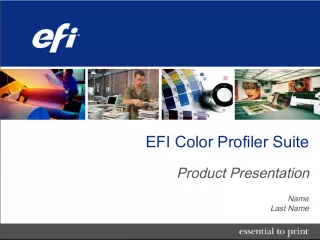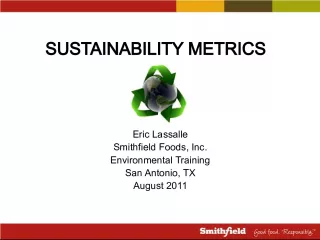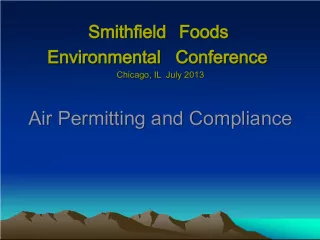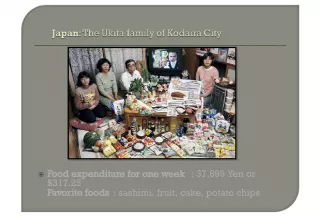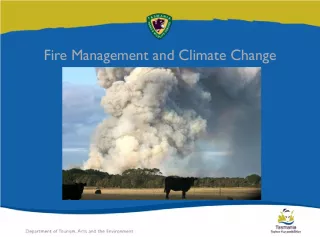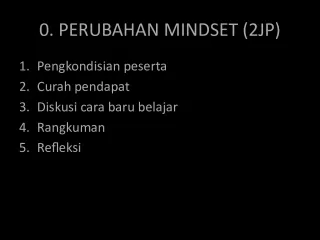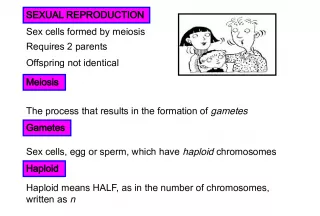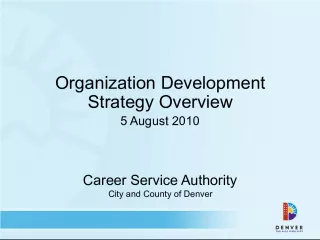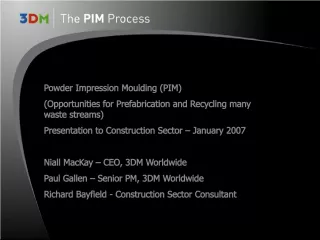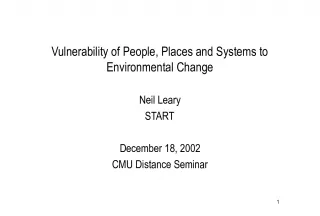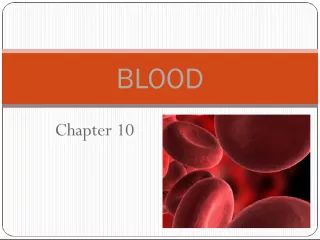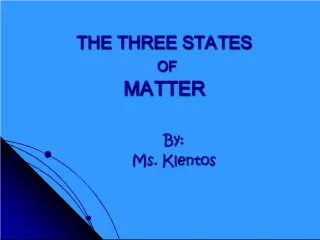Farmland Foods Caramel Color Process Change
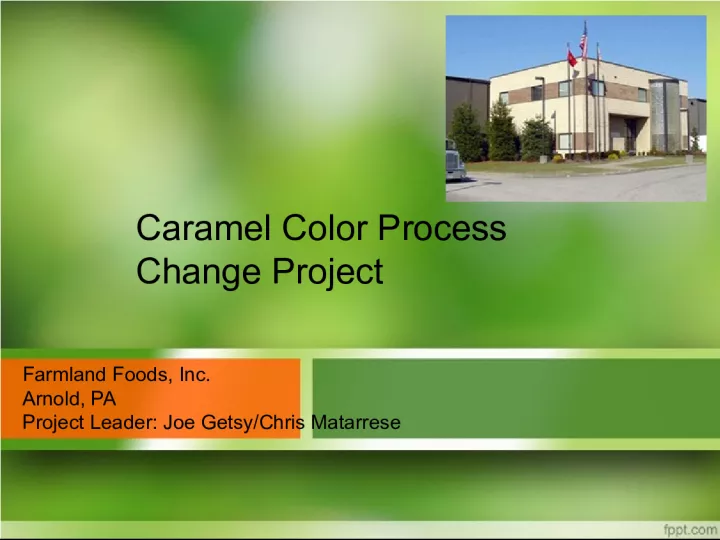

Farmland Foods changed their caramel color process to reduce water waste and messiness in their meatball production, with Joe Getsy and Chris Matarrese as project leaders.
- Uploaded on | 7 Views
-
 sanderlarsen
sanderlarsen
About Farmland Foods Caramel Color Process Change
PowerPoint presentation about 'Farmland Foods Caramel Color Process Change'. This presentation describes the topic on Farmland Foods changed their caramel color process to reduce water waste and messiness in their meatball production, with Joe Getsy and Chris Matarrese as project leaders.. The key topics included in this slideshow are . Download this presentation absolutely free.
Presentation Transcript
1. Farmland Foods, Inc. Arnold, PA Project Leader: Joe Getsy/Chris Matarrese Caramel Color Process Change Project
2. How Caramel Color Application Works • Our previous meatball production process utilized a spray system to apply a caramel color to the outside of the meatballs to give them a more appealing color. The caramel color was diluted in water and continuously sprayed on the meatballs on the cook belt. The process used a lot of water, much of which was lost in overspray to the floor and as a result was a messy process.
3. Caramel Color Spray Application Concerns 1. Concentrations of caramel color created an issue if they would get into WWT without being diluted adequately. 2. Caramel color is high in sugar and dissolves in water; our WWT plant is not capable of removing the caramel color through our process and it could create high CBOD if a concentrated quantity goes to WWT. 3. Having the risk of caramel color spills and how our sanitation group was cleaning in house spill containment that contained excess caramel color. 4. We have used caramel color for 4 years. We had 2 separate NOV’s for high CBOD and caramel color was one of the root causes. 5. The spray process was a messy process that would generate a lot of overspray on the flow that would require continuous housekeeping.. 6. The caramel color spray made it very difficult to clean ovens during sanitation.
4. Project Scope • This project was aimed at removing the risk of having high CBOD NOV’s that are caused by a food based product that we used to produce our meatballs. Our most recent NOV was in January 2012. • With the help of our R&D Manager (Joe Getsy) we began to look into a way to remove the liquid caramel color spray application.
5. Project Design • Joe Getsy conducted test batches of the same product but used a dry caramel color additive that was added to the product spice. • Joe completed a series of test batches and reviewed the product and results with our customers. • Customers were very happy with the results of the test batches and were ok with change to the dry caramel color additive with the product spice.
6. Project Completion Task Description Resp. Person Deadline Meet with Plant R&D and look at potential options for caramel color used in product. The caramel color is water soluble and very high in sugar causing the high CBOD in the WWT water. Chris Matarrese 06/01/2012 Work out a spice blend with the dried caramel color with spice supplier that meets all current label requirements and obtain sample material. Test on product through sensory and customer verification. If it works this would remove the need to use a continuous spray on our meatball line that is the cause of our high CBOD events in the past. Joe Getsy 07/30/2012 Second test batch of dried caramel color added to product spice. This test was conducted by Joe Getsy (plant R&D) Joe Getsy 10/24/2012 Remove all caramel color spray equipment on flex line. Joe Getsy 03/15/2013 • Project was completed within the past 12 months per the timeline below. • Project Cost was less than $2000 (Test batch cost).
7. Project Results • Removed the risk of caramel color causing high CBOD NOV’s in WWT. • Removed the messy caramel color application process. • Removed additional tasks for forming operators. • Saved a projected 56k gallons of water annually. • *Meatballs now have a more consistent color through the entire meatball and not just on the surface.
8. Environmental Impact/Social Significance • This project has benefited Smithfield Foods by contributing to our overall water reduction objectives as well as removing the risk associated with a potential source of future NOV’s. • The change has provided a product which we believe will be viewed as an improvement to the end customer. • The reduction in CBOD should also provide our local waste treatment authority the benefit of not having to deal with it. We have communicated this with our City of New Kensington Municipal Waste Water Board in a board meeting on February 18, 2013.


